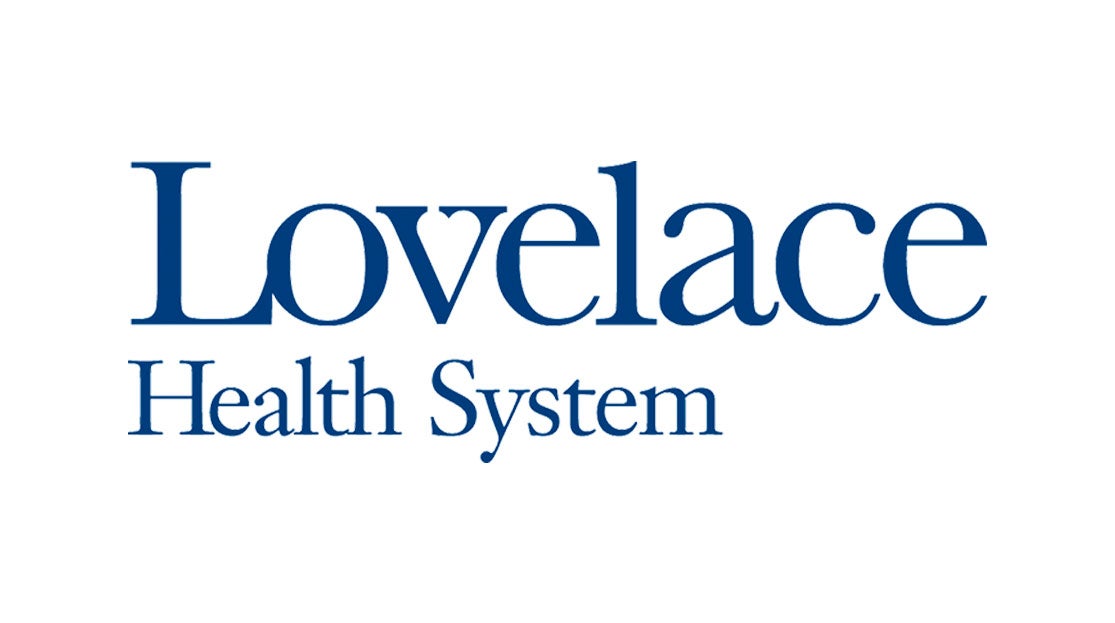
If you are under the age of 40, should breast cancer be on your radar? Are you high risk or moderate risk or little risk? With 7 percent of all breast cancer cases diagnosed before the recommended first mammogram at the age of 40, knowing your risk can lead to early detection and treatment. Recent data has found that the number of cases of breast cancer among women under 40 is trending upward at nearly a 4 percent increase year over year. The earlier breast cancer is discovered the better among this age group – as the five-year survival rate is 82 percent compared to 85 percent among women 40 to 74.
Proactive screening at every age
Women in their 20s should begin monthly breast self-exams to get to know their how their breasts normally look and feel to notice any differences over time. This is followed by a clinical breast exam at least every three years throughout their 30s during a regular annual physical exam by a health care provider. At the age of 40, it is recommend women begin regular mammogram screening and continue to do so annually.
What is my personal risk?
Although regular screening is effective, it is not 100 percent fail-proof. For women at high- to moderate-risk, it is important to discuss optionswith their doctor to control their lifetime risk of developing breast cancer.
High risk
Women are considered high risk (20 percent or greater) if they have one or more of the following risk factors according to cancer.org:
Have a known BRCA1 or BRCA2 gene mutation.
Have a first-degree relative (parent, brother, sister or child) with a BRCA1 or BRCA2 gene mutation, but have not had genetic testing themselves.
Have a lifetime risk of breast cancer of 20 to 25 percent or greater, according to risk assessment tools that are based mainly on family history (such as the Claus model).
Had radiation therapy to the chest when they were between the ages of 10 and 30 years.
Have Li-Fraumeni syndrome, Cowden syndrome, or Bannayan-Riley-Ruvalcaba syndrome, or have first-degree relatives with one of these syndromes.
Moderate Risk
Women are considered moderate risk if they have the following indicators, according to cancer.org:
Have a lifetime risk of breast cancer of 15 to 20 percent, according to risk assessment tools that are based mainly on family history.
Have a personal history of breast cancer, ductal carcinoma in situ (DCIS), lobular carcinoma in situ (LCIS), atypical ductal hyperplasia (ADH), or atypical lobular hyperplasia (ALH).
Have extremely dense breasts or unevenly dense breasts when viewed by mammograms.
For women of high and moderate risk, their health care provider may recommend an annual MRI along with a mammogram screening. Risk assessment tools such as the Gail model, the Claus model and the Tyrer-Cuzick model are available for patients and health care providers to determine the appropriate screening and testing.
Looking at the total number of cases, between 5 and 10 percent of women diagnosed with breast cancer have a genetic mutation, 15 percent have a family history and 80 percent have no family history.
The best course of action for anyone is to manage risk factors that can be controlled. For example, don’t smoke, limit alcohol, maintain a healthy weight, and exercise on a regular basis. If you have any questions about your risk, consult your health care provider.




